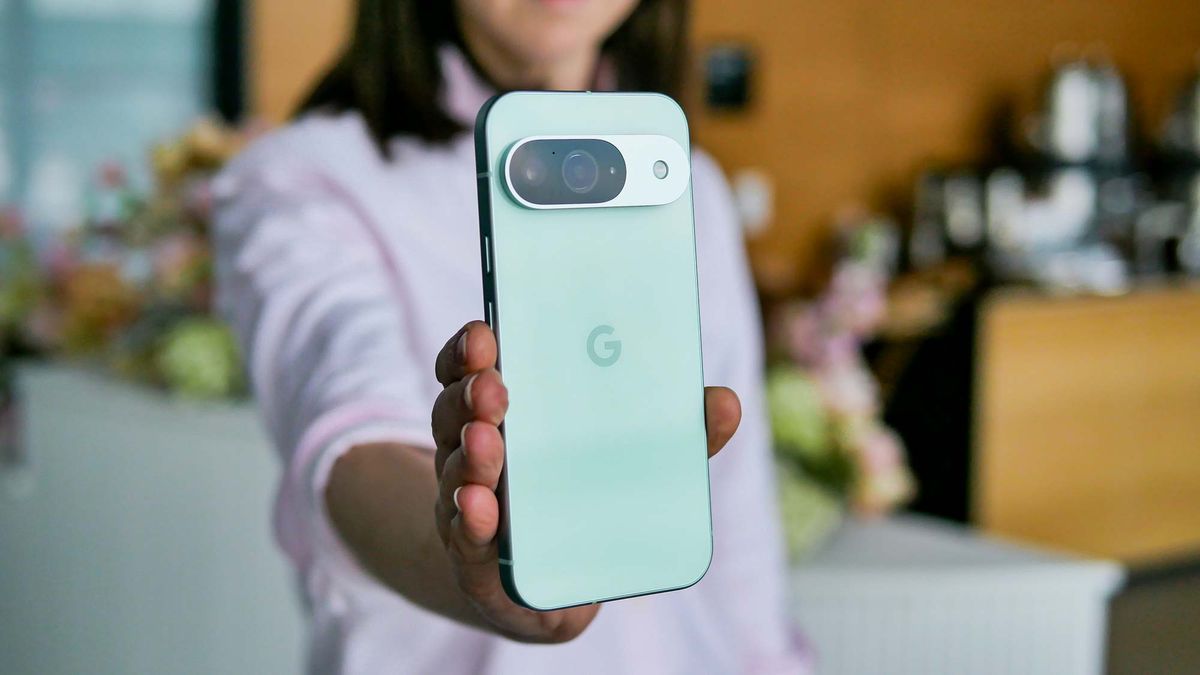Google did the one thing I feared it would do: increase the prices of its new Pixel phones. These sorts of things are inevitable, of course, but usually they’re spaced out between generations. Instead, the company delivered its most expensive Pixels to date.
Even though I’ve spent nearly an entire year with the Pixel 8 Pro, I’m hardly inclined to make the switch to either the Pixel 9 Pro and 9 Pro XL — more so with the latter, which is technically the Pixel 8 Pro’s true successor. For anyone else facing this situation, or simply wondering which new Pixel to get, I’m leaning towards the vanilla Pixel 9.
Consecutive year-over-year price increases are rare, but that’s exactly what Google has done with its new lineup. I think the Pixel 9 Pro and 9 Pro XL are overrated, leaving the Pixel 9 as the frontrunner this time around. Here’s why.
Powered by the Tensor G4
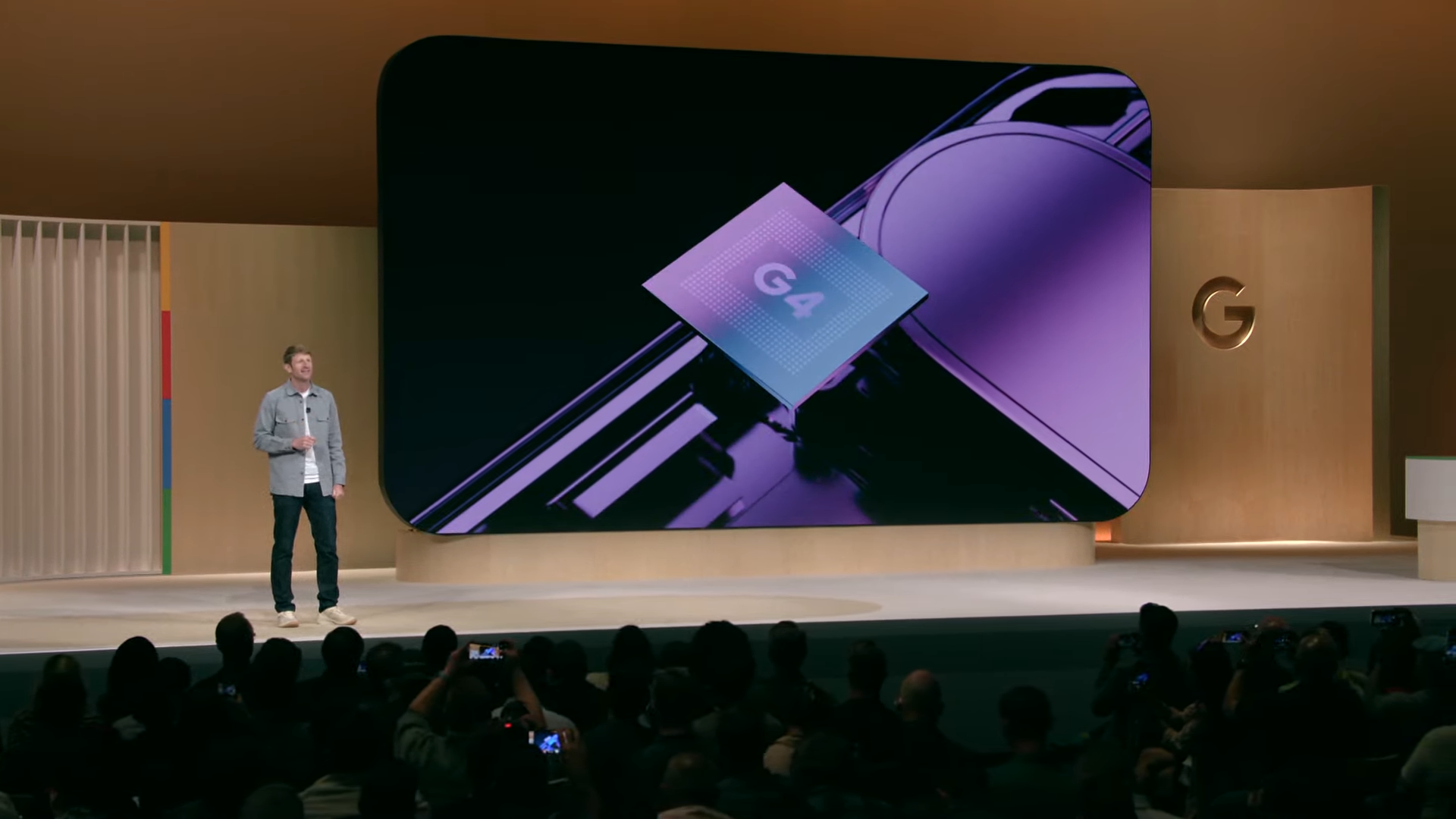
You shouldn’t overlook the Pixel 9 because it doesn’t have ‘Pro’ in its name. In my Pixel 9 vs Pixel 9 Pro vs Pixel 9 Pro XL preview, I call out how the ‘inferior’ Pixel 9 is powered by the same Tensor G4 chip found with the more expensive models. And no, it’s not some kind of variant or the previous year’s chp — much like how Apple does it with its standard iPhone models.
I’m eager to see if there are any differences between the three phones when it comes to muscle power, so the Pixel 9 should theoretically put up just as good scores. Although, it only comes with 12GB of RAM as opposed to 16GB in the 9 Pro and 9 Pro XL. I suspect this would only affect the Pixel 9’s ability to store more apps in memory and recall them later on, all without having to reload them from scratch.
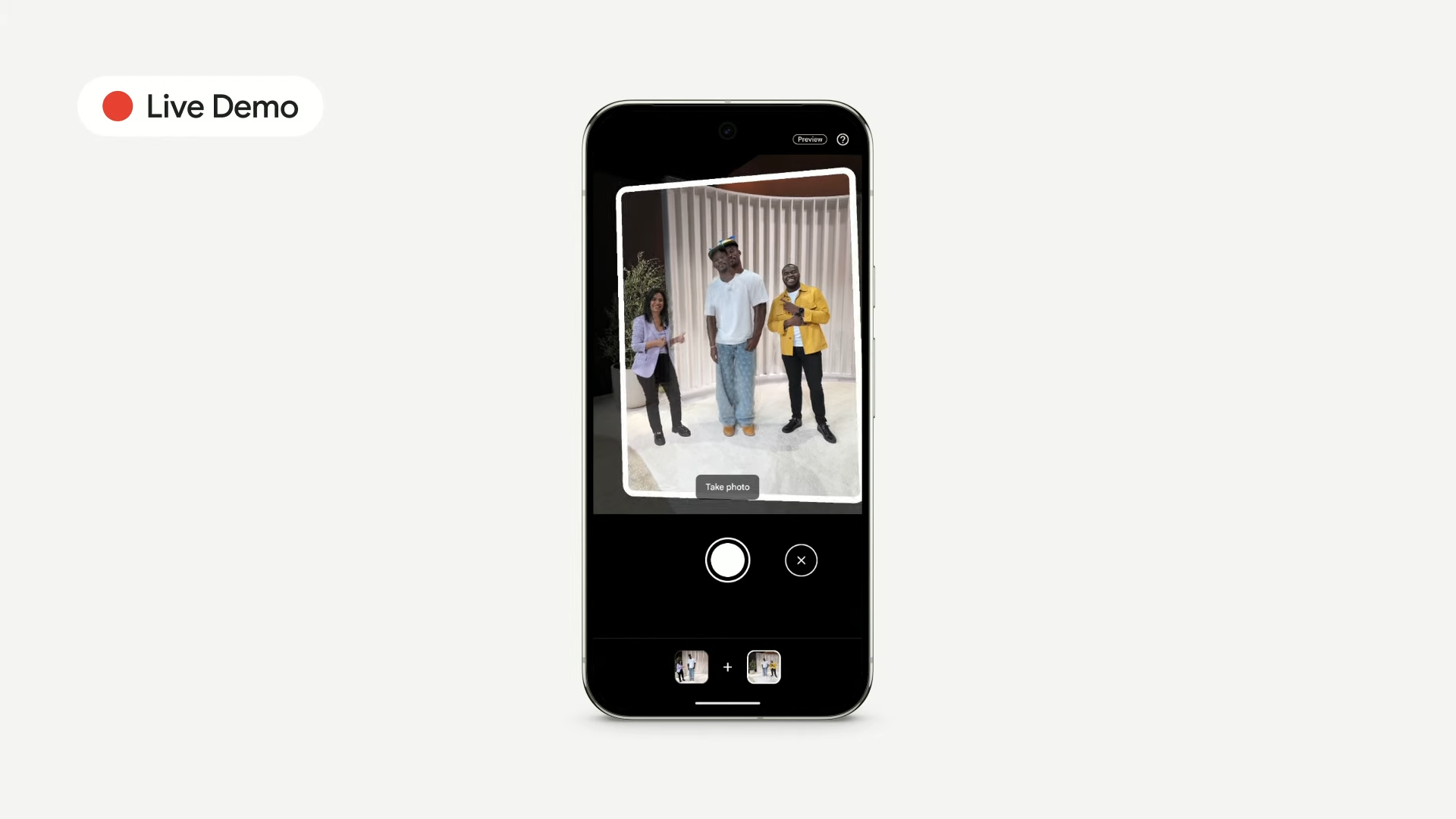
Even though the Pixel 9 doesn’t get free access to Gemini Live for a year like its more expensive siblings, it actually boasts the same set of new AI-assisted photo editing tools that the company introduced at its Made by Google event. That means you’ll be able to use new features such as Add Me, Pixel Studio, and Reimagine. The only thing that the Pixel 9 doesn’t have access to are Video Boost, Night Sight Video, and Super Res Zoom Video — all of which focus on video recording.
With Pixel Studio, you’ll be able to create custom sketches and images by simply describing what you want through a text box in the app. I was impressed not only by how quickly the feature is able to generate the images, but also by how accurate they were to best match my request.
Meanwhile, the Pixel 9 has access to the same AR-assisted functions of the new Add Me feature, which allows the person taking the photo with the Pixel 9 to be included in the shot they’ve taken.
You’re getting the same main and ultrawide cameras
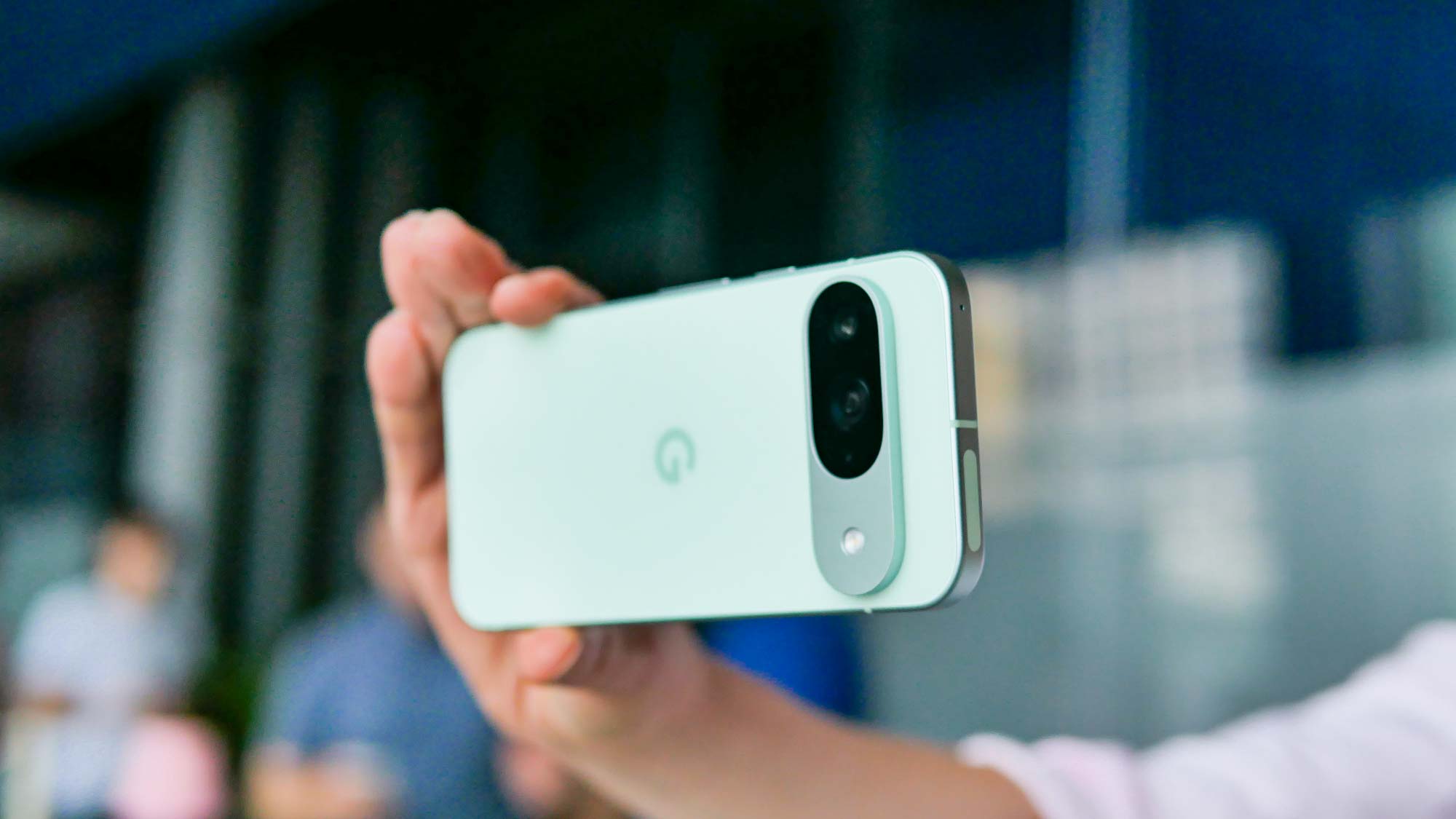
If you look closer at the specs sheet between the three new Pixel 9 phones, you might notice how the Pixel 9 has the same exact 50MP main and 48MP ultrawide cameras found on the more expensive Pro models. In fact, the ultrawide camera in the Pixel 9 uses the same 1/2.55-inch sensor and 123-degree field of view. Unless Google’s running totally different image processing algorithms with its Pixel 9 Pro devices, I would expect no different results with the Pixel 9.
Sure, it misses out on the third camera — a telephoto shooter — but Pixel 9’s main camera could still deliver reasonable telephoto shots. I’ve already seen how Google leans on pixel binning with great effect in past phones, like last year’s Pixel 8, to give shooters that same utility of zooming without the need for a dedicated telephoto camera. I suspect that the Pixel 9 could take acceptable shots at 2x or 3x zoom.
Just as durable
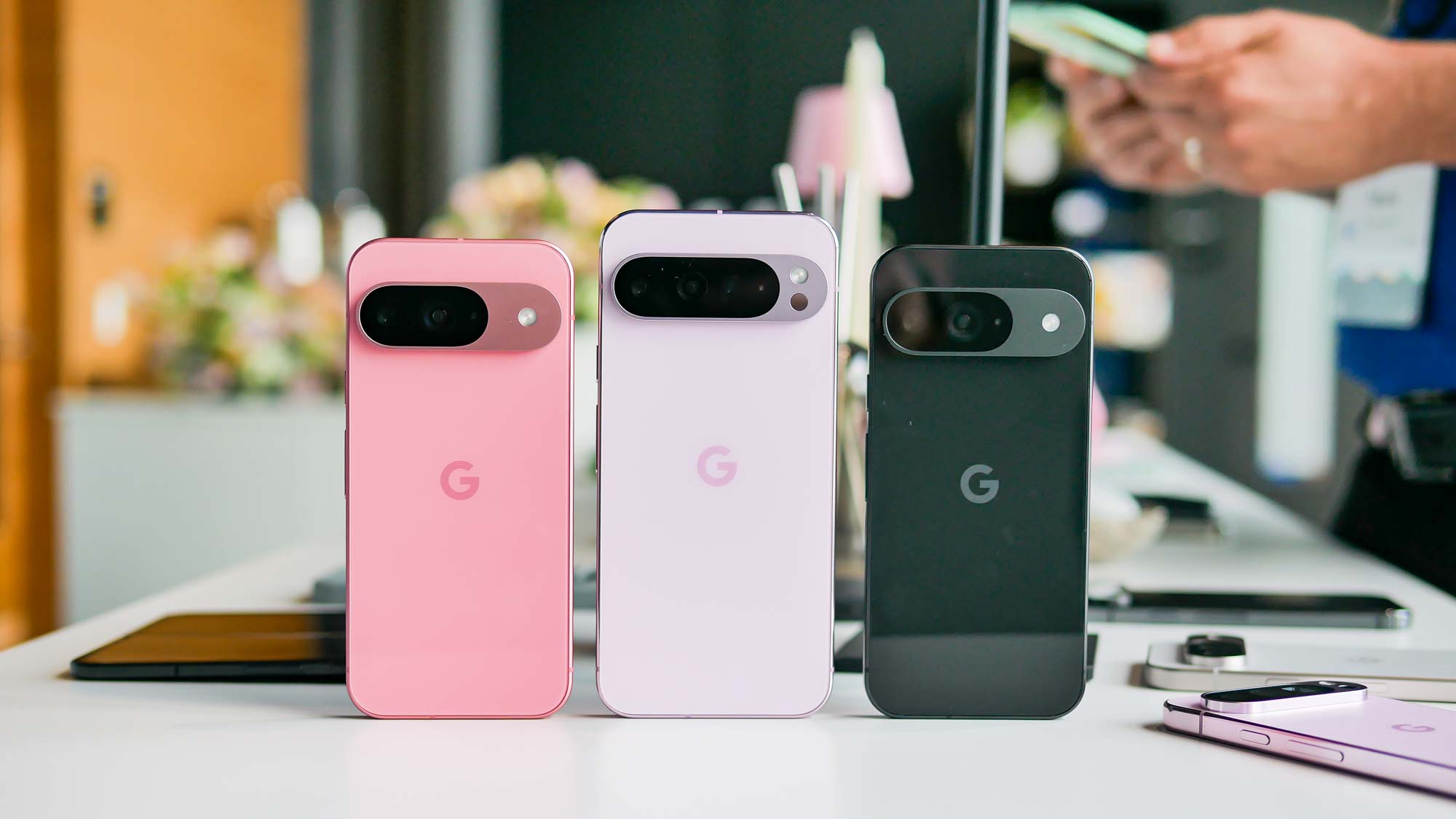
Google changes up the design of its Pixel 9 phones this time with flatter edges and a redesign camera bar on the back. However, all three models in the lineup have the same IP68 rating and durability.
The designs consist of an aluminum housing, metal frames, and Corning’s Gorilla Glass Victus 2 covering the phones. I will argue that I prefer the matte glass casings of the Pro models, versus the glossier finish of the Pixel 9. But regardless of that, the Pixel 9 doesn’t have any compromises with its design. Who says it can’t get the same design at a cost that’s less?
You’ll save more money
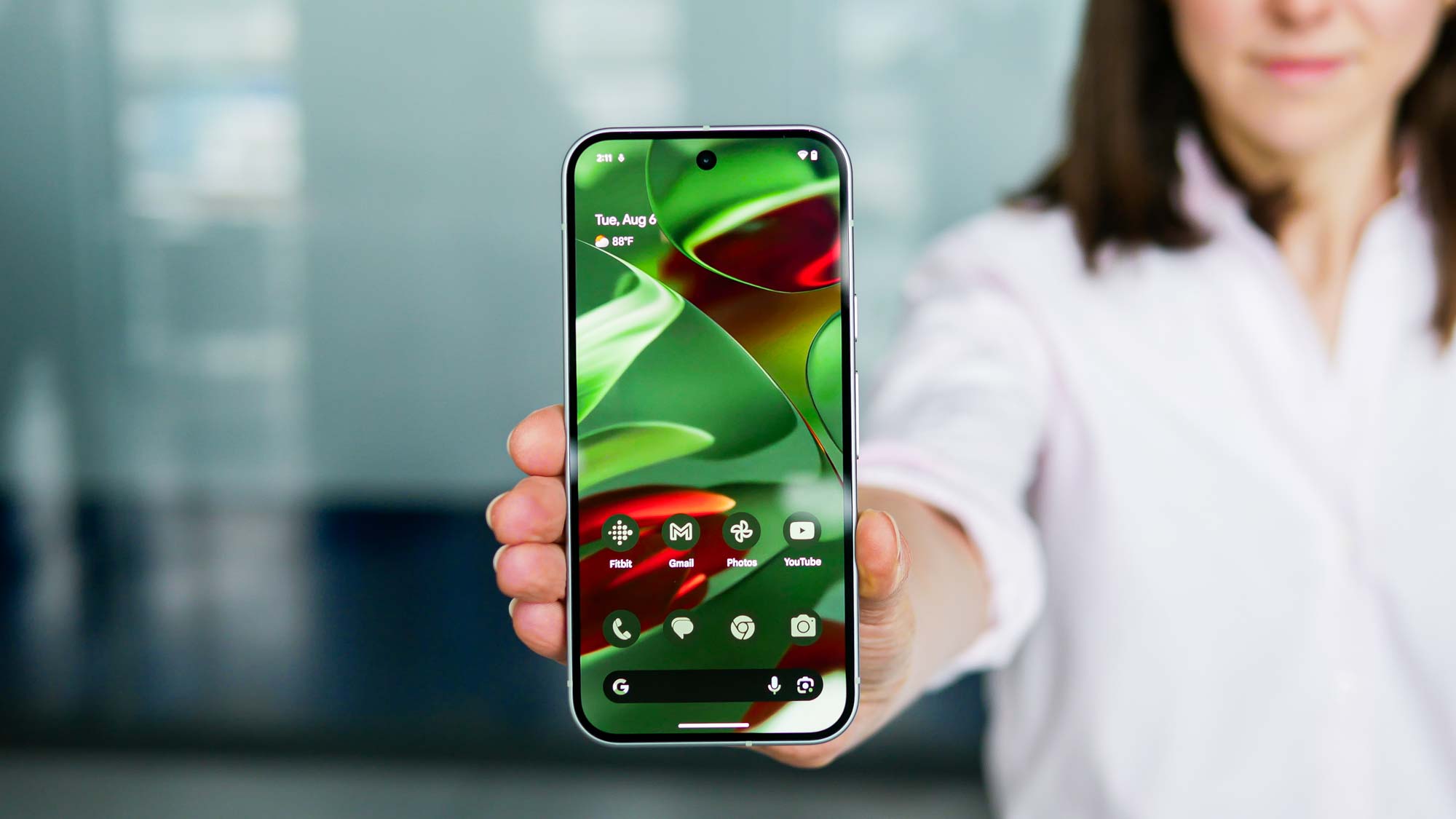
I’m still irate about the price hikes for all three phones. Last year’s Pixel 8 started out at $699, whereas the new Pixel 9 goes up to $799. This marks the second consecutive year it’s being hiked up, but it’s still the cheapest model in the lineup. In comparison, you’ll need to shell out $999 or $1,099 for the Pixel 9 and 9 Pro XL respectively.
The $200 in savings between the Pixel 9 and 9 Pro gives the edge to the cheaper one, especially when you factor in that they both come with 128GB of storage to start. One area I’m eager to keep my eyes glued to in our upcoming reviews is battery life. Unless the Pixel 9 Pro outlasts its sibling by more than an hour, I hardly think it’s enough to convince me it’s better over the Pixel 9.

